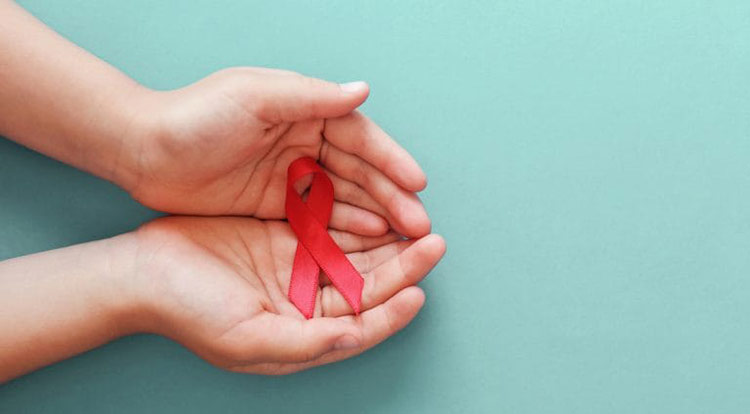The human immunodeficiency virus (far more commonly known as “HIV”) is a virus that attacks and destroys a person’s T cells making their immune system highly susceptible to illness and infections. If left untreated for an extended duration, this virus can lead to AIDS (acquired immunodeficiency syndrome). While there is still no cure for HIV or AIDS, the disease is highly treatable thanks to groundbreaking advances in medicine over the past several decades. In fact, many who contract the disease today go onto live long, happy lives. And from a social perspective, the stigma surrounding the virus has also largely subsided since its discovery in the 1980s.
What Are HIV-1 and HIV-2?
HIV can be one of two types: HIV-1 or HIV-2 although HIV-1 is far more common throughout the world and especially in the United States where it accounts for 99.99 percent of all HIV diagnoses. Worldwide, that percentage is still an overwhelming 95 percent. HIV-2 is most prominent in West Africa with a relatively small number of cases in India and only sporadic instances in a handful of other locations. So chances are likely that if you hear about HIV in the media or through conversation, you’re hearing about HIV-1 and not the much rarer HIV-2.
What Is The Difference Between HIV-1 and HIV-2?
While both types of HIV essentially have similar effects on the immune system, HIV-1 and HIV-2 are actually quite different. In terms of genetic characteristics, HIV-1 and HIV-2 are only about 55 percent identical to one another. Such being the case, treatment options differ greatly depending on which type of HIV a patient has.
One reason HIV-1 rates are so much higher is that HIV-1 is a far more viral strand; much easier to pass and much easier to contract than HIV-2. It develops quicker and has a higher likelihood of worsening. Progression is much slower in HIV-2 and most who carry that virus will never pass it along to another person.
Those with HIV-2 tend to have a much lower “viral load” which refers to the amount of virus in their blood. This is also how doctors recognize that a treatment–for HIV-1 or 2–is working or if additional measures should be taken.
Both types of HIV are transmitted by the transfer of bodily fluids such as blood, breastmilk, or sexual fluids. Commonly, these types of transfers occur through unprotected sex or through sharing needles, though the risk of contracting the disease decreases (but does eliminate entirely) if HIV medications are being taken properly. It is impossible to contract the disease from casual contact like a hug or handshake and, despite rumors, you cannot catch the virus from a toilet seat, drinking fountain, or any number of other everyday items or occurrences.
Conclusion
It’s always best to practice safe sex with your partners and to encourage openness and honesty when it comes to each other’s sexual health. While manageable, HIV is still a highly contagious sexually transmitted disease and can be dangerous if not treated properly and early on. When it comes to stopping the spread of HIV, it’s always a good idea to get tested and encourage your partners to do the same.

